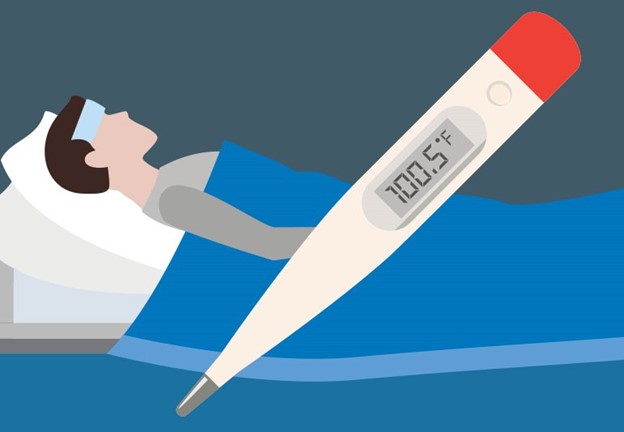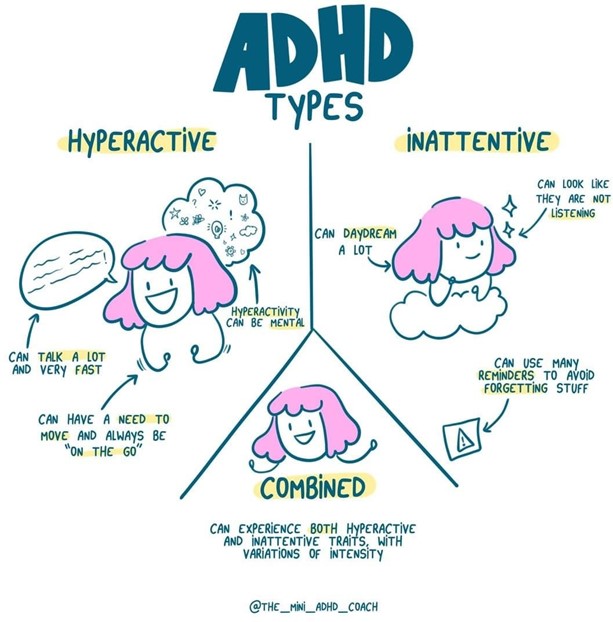A nurse is collecting data from a client who has skeletal traction.
Which of the following findings should the nurse identify as an indication of infection at the pin sites?
Warmth.
Mild erythema.
Serosanguineous drainage.
Fever.
The Correct Answer is D
Fever is a sign of infection and can indicate that there is an infection at the pin sites.

Choice A is not correct because warmth can be a normal finding at the pin sites.
Choice B is not correct because mild erythema can be a normal finding at the pin sites.
Choice C is not correct because serosanguineous drainage can be a normal finding at the pin sites.
Nursing Test Bank
Naxlex Comprehensive Predictor Exams
Related Questions
Correct Answer is B
Explanation
The priority intervention for a newly-admitted client who has acute osteomyelitis is antibiotic therapy.

Choice A is incorrect because antipyretic therapy is not the priority intervention.
Choice C is incorrect because optimal nutrition and hydration are not the priority intervention.
Choice D is incorrect because surgical debridement of necrotic tissue is not the priority intervention.
Correct Answer is C
Explanation
ADHD primarily causes symptoms related to inattention, hyperactivity-impulsivity, or a combination of both.
With ADHD, someone may experience difficulties paying attention and staying organized.

Choice A is not correct because difficulty in acquiring reading skills is not a specific symptom of ADHD.
Choice B is not correct because difficulty using words in context is not a specific symptom of ADHD.
Choice D is not correct because difficulty performing self-grooming activities is not a specific symptom of ADHD.
Whether you are a student looking to ace your exams or a practicing nurse seeking to enhance your expertise , our nursing education contents will empower you with the confidence and competence to make a difference in the lives of patients and become a respected leader in the healthcare field.
Visit Naxlex, invest in your future and unlock endless possibilities with our unparalleled nursing education contents today
Report Wrong Answer on the Current Question
Do you disagree with the answer? If yes, what is your expected answer? Explain.
Kindly be descriptive with the issue you are facing.
